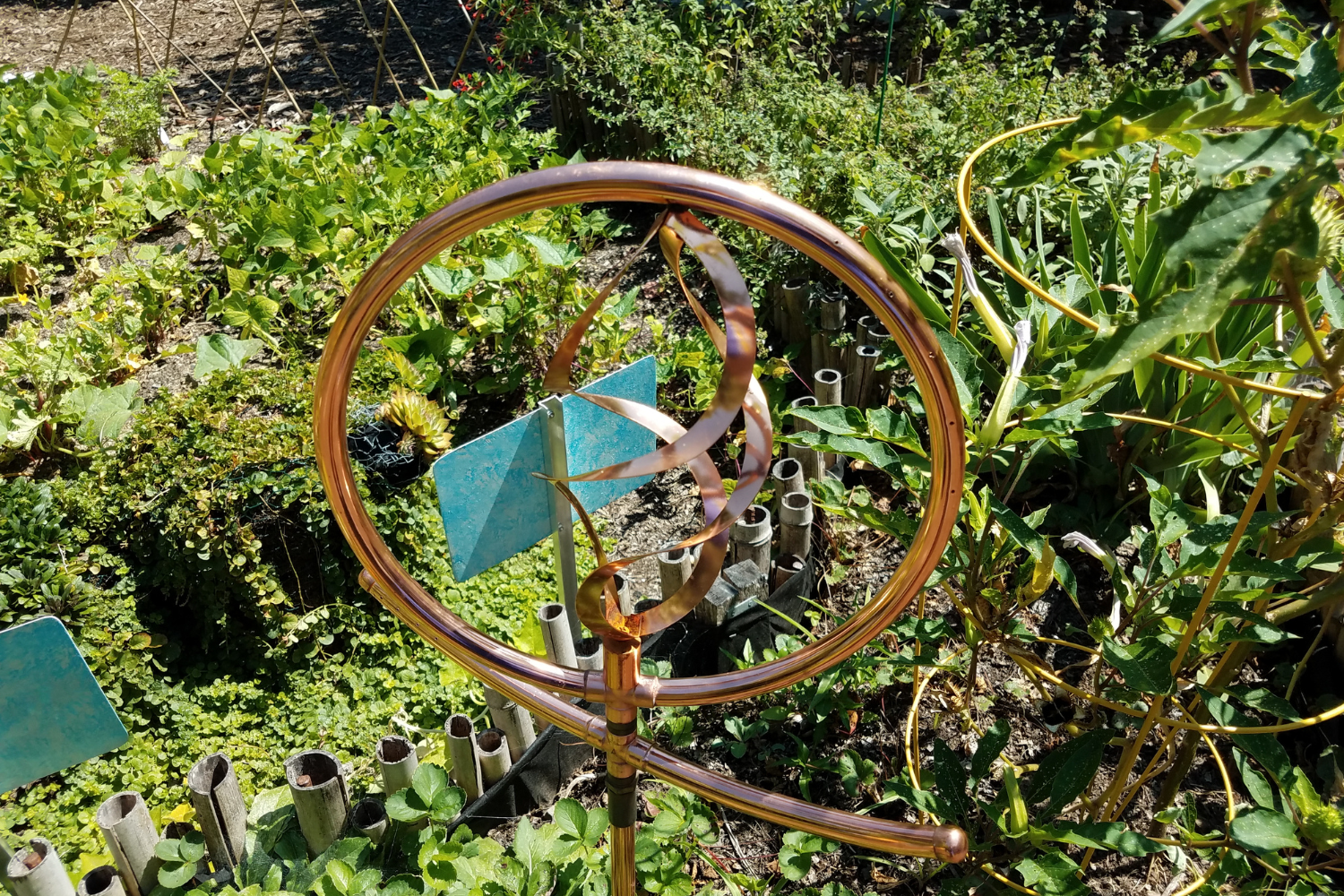Can Electro-Culture Gardening Make Your Plants Bigger?
•Posted on June 29 2023

If you have a green thumb, electro-culture gardening is one for the books.
Have you ever thought about putting copper wire through your plants?
Well if you haven't you might want to start because it's all the rage in the gardening community.
Although there are some contradicting results, there may be some reason behind the gardening practice.
Recommended for You:

What is Electro-Culture Gardening?

Electro-culture gardening is the practice of introducing a current into the plant for increased yield and disease resistance.
The voltage is usually very low and is run through a copper wire.
Gardeners believe the practice can be used to reverse years of iron-based tools being used to farm and till the land creating an electrical imbalance.
Related Post: Square Foot Gardening: Is it the Best Choice?
Is Electro-Culture Gardening a Trusted Method?

The data supporting the effectiveness of electro-culture gardening is unlike the data supporting the effects of directly applying ferrous sulfate or copper sulfate to the soil.
However, gardeners supporting this gardening technique argue that it increases crop yield and increases the quality of your harvest.
Recommended for You:

How to Implement Electro-Culture in Gardening?

Before we give you the keys to the castle it is important to understand the risk you take if you practice electro-culture as the sole disease prevention and fertilizing agent for your crop.
If it does not work you could be facing no crop yield at the end of the season.
However, if you are feeling adventurous and excited about the possibility of harvesting huge produce then here is how you go about it.
1. Determine the voltage you want to apply to your crop - Don't go for anything above 30 volts because this can damage the plant.
2. Collect the appropriate equipment - You will need wires to run the current through as well as a power source.
Some electrodes are also a necessary part of the setup.
Your electrodes can be made of zinc, copper, or iron but most farmers go for copper.
The electrodes can be buried in the soil around the root of the plant.
Recommended for You:

3. Decide how long you want to run the currency - Even though you have chosen a low voltage, you also need to set a low frequency that is no higher than 60Hz and run it for a maximum of half an hour.
Any more than this and you could harm the plant.
Because all plants are different you need to monitor your plants closely to ensure the practice is not tampering with growth and production.
Different plant types and varieties need different volts and frequencies to thrive so you need to stay on your toes.
When dealing with electricity, be keen to avoid electrocution or a fire.
Related Post: 7 Reasons to Keep Copper Sulfate Handy in Your Home
What Are the Advantages and Disadvantages of Electro-Culture?

The benefits of electro-culture gardening include high crop yield and better disease resistance.
When done right, electro-culture farming has the potential to completely revolutionize how you do gardening.
In addition, some gardeners report their electro-culture plants to produce huge fruits that are literally bursting at the seams.
Recommended for You:

Does Electro-Culture Work on Indoor Plants or Potted Plants?

Electro-culture gardening combined with our fertilizers which are proven to effectively improve crop yield and soil nutrient levels, will change the way your garden grows for the better.
Shop our full fertilizer collection here.
Comments
0 Comments
Leave a Comment